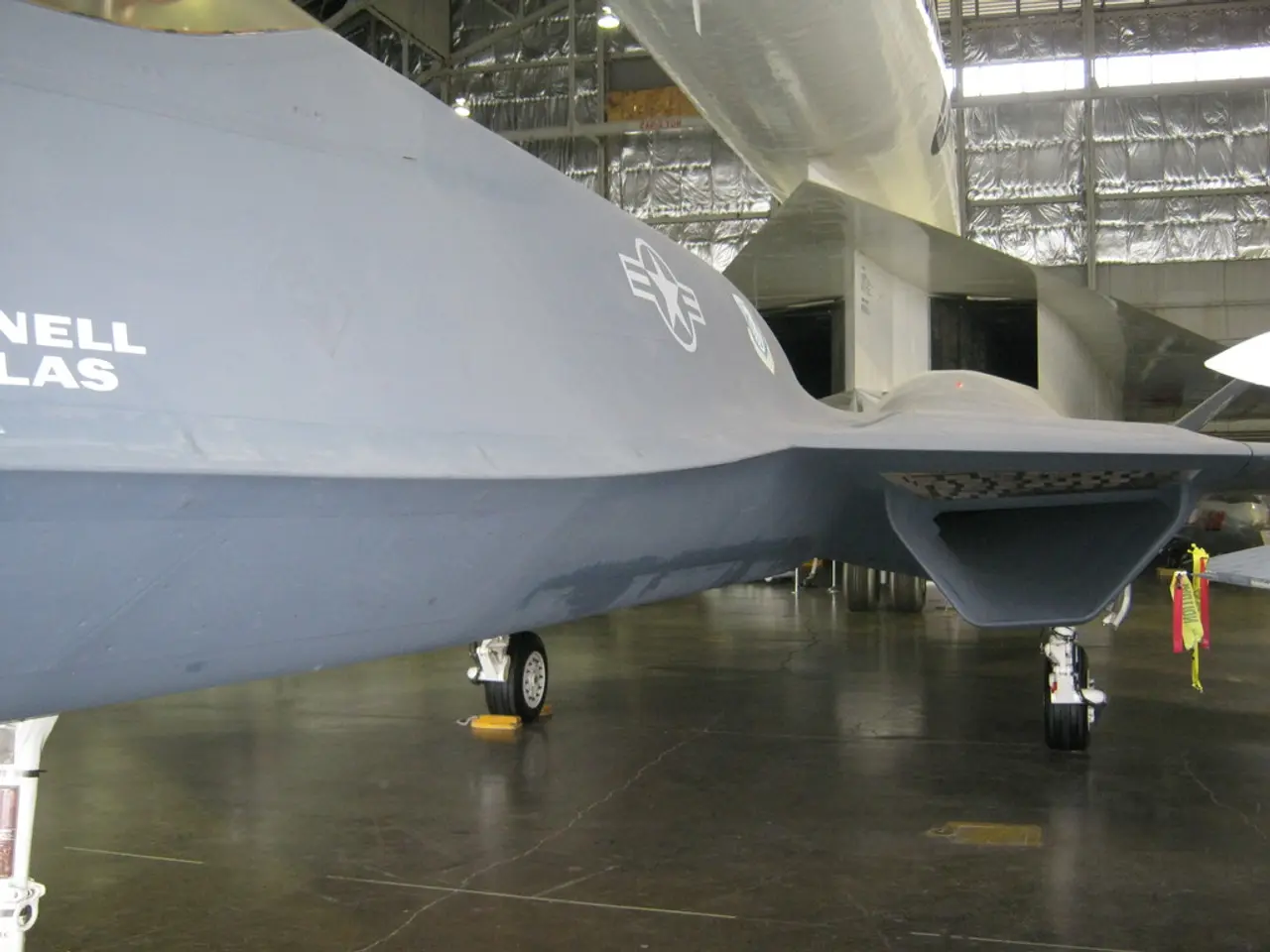Insights from Industry Experts on the FAA's Beyond Visual Line of Sight (BVLOS) Regulation
The Federal Aviation Administration (FAA) has announced a new rule for Beyond Visual Line of Sight (BVLOS) drone operations, marking a significant step forward for the drone industry.
Under the new rule, all BVLOS operators are required to use Unmanned Traffic Management (UTM) systems to ensure safe drone separation from crewed aircraft in shared airspace. This rule shifts responsibility for BVLOS operations from individual drone pilots to companies and organizations.
The detect-and-avoid requirements of the rule could pose a significant burden on manufacturers and operators, according to Matt Sloane, Co-Founder and Chief Strategy Officer of SkyfireAI.
The FAA's BVLOS rule also calls for the creation of a new category of company: an Automated Data Service Provider (ADSP). These companies will provide real-time data to drone operators to ensure safety, sharing weather, real-time traffic, airspace, and other information.
Operators can obtain either a Part 108 permit for smaller, less risky BVLOS operations or a Part 108 certificate for larger, more complex BVLOS operations.
The role of Remote Pilot in Command (RPIC) is replaced or supplemented by a "Flight Coordinator" who oversees autonomous operations, but is not required to hold an Instrument Flight Rules (IFR) rating.
The rule requires all drones flying BVLOS to be equipped with onboard detect-and-avoid technology. BVLOS flights will rely on automation not only for navigation but also for real-time decision-making, obstacle avoidance, and compliance with airspace rules.
Experts are generally cautiously optimistic about the new FAA BVLOS regulation, recognising its potential to advance drone operations while emphasising the need for stringent safety and operational standards to manage risks. However, concerns have been raised about the rule's potential favouritism towards large companies, making it challenging for smaller companies and individual pilots to adapt to this corporate-centric framework due to the cost and complexity of certification.
Individuals, businesses, advocacy groups, or any interested stakeholders can participate in the public comment period. To do so, they should read the Proposed Rule (NPRM), prepare their comments, submit their comments within 60 days of the NPRM's publication, and spread the word to encourage others in the drone industry or related sectors to review the rule and submit comments before the deadline.
The public comment period for the BVLOS rule is open until October 6, and the FAA will collect comments, consider input, and create a final version of the rule after that date. The FAA has also created another rule called the Part 146 to detail the requirements for a company to be designated an authorized ADSP.
The FAA's BVLOS rule is now live, allowing drone operators to fly without special permissions for each mission. This rule paves the way for a future where drones can fly highly automated BVLOS missions with little or no direct pilot intervention.
Read also:
- Understanding Hemorrhagic Gastroenteritis: Key Facts
- Trump's Policies: Tariffs, AI, Surveillance, and Possible Martial Law
- Expanded Community Health Involvement by CK Birla Hospitals, Jaipur, Maintained Through Consistent Outreach Programs Across Rajasthan
- Abdominal Fat Accumulation: Causes and Strategies for Reduction








